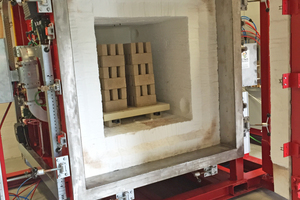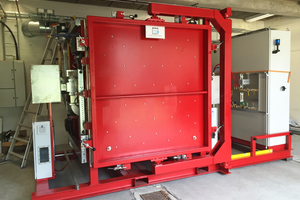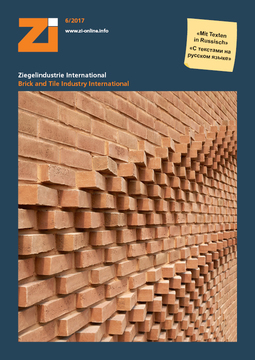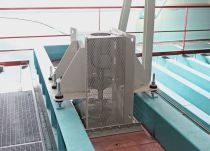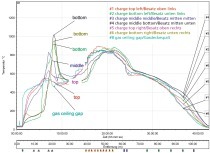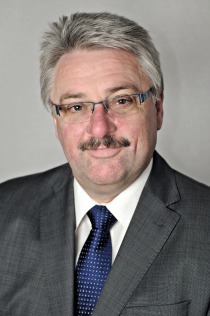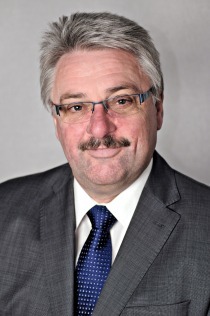Microwave-assisted gas firing
At the Danish Technological Institute (DTI), a project is currently underway to develop microwave-assisted gas firing (MAGF) in the clay brick and tile industry. A MAGF chamber kiln has recently been installed at the DTI. This kiln is a prototype, to be used for tests and experiments during and after the project, in order to upscale and develop MAGF technology.
Replacing fossil fuels with microwave heating
In the years to come, it must be expected that the use of fossil fuels will be restricted or even prohibited: The “2020 climate & energy package” contains binding legislation to ensure the EU...

